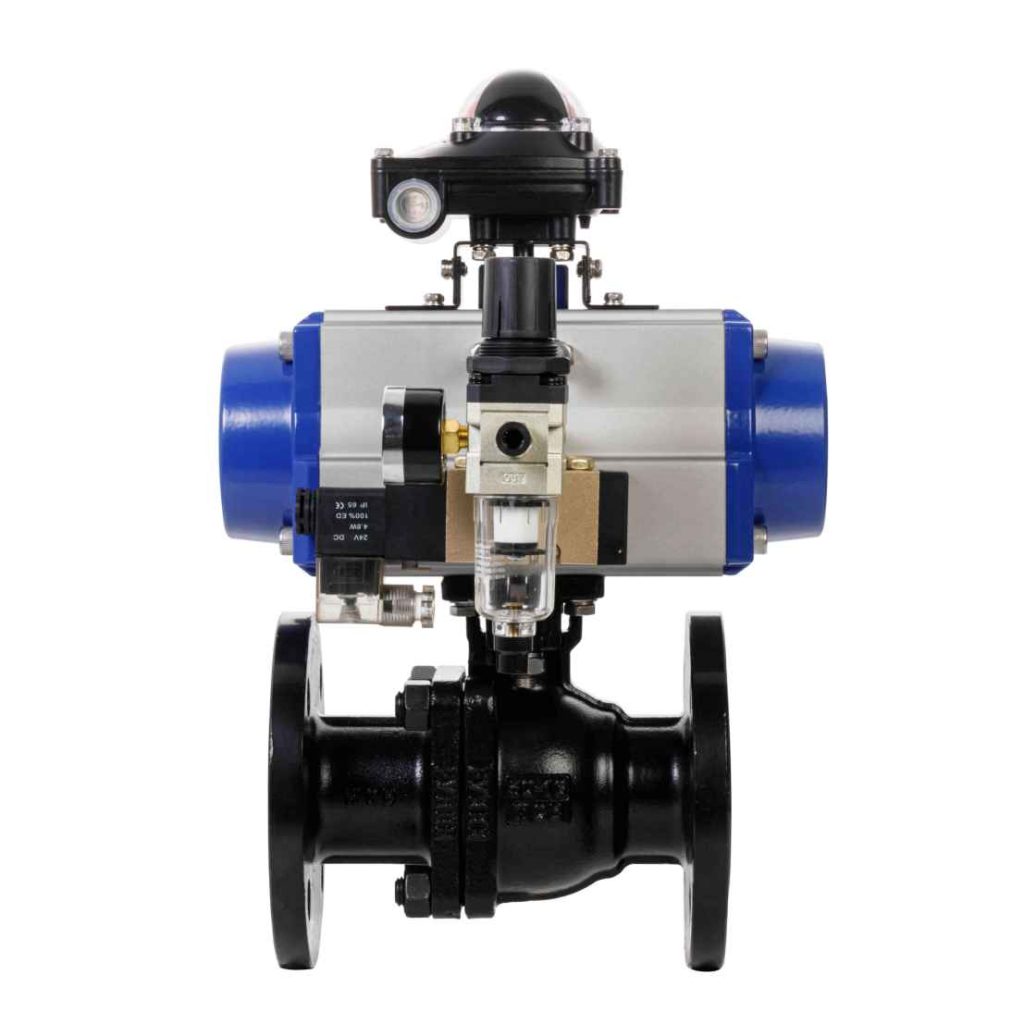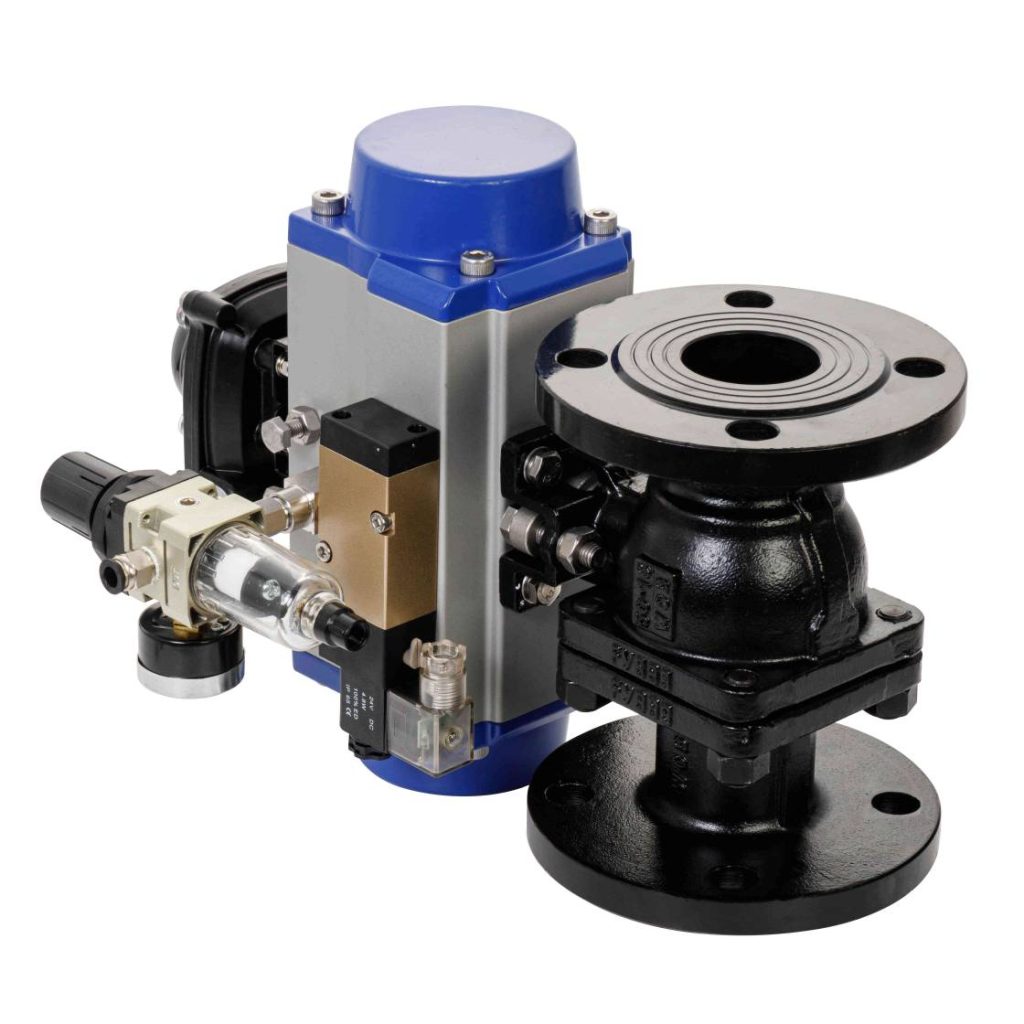Pneumatic ball valves are pivotal in various industrial applications due to their efficiency, durability, and precise control of fluid flow. These valves combine the simplicity of ball valve mechanisms with the advanced control capabilities provided by pneumatic actuators. This article will explore the working principle, features, benefits, and applications of pneumatic ball valves, shedding light on their critical role in modern fluid control systems.

Working Principle of Pneumatic Ball Valve

A pneumatic ball valve operates through a simple but effective mechanism. At its core, the valve consists of a ball with a hole (or port) through the center. When the valve is in the open position, the port aligns with the pipe, allowing the fluid to flow through. When the valve is closed, the ball rotates 90° to block the flow, sealing off the pipe. The key difference in a pneumatic ball valve is the use of a pneumatic actuator to control the ball’s rotation. The pneumatic actuator is powered by compressed air, which moves the actuator’s piston, thereby turning the valve’s ball. When air pressure is applied to the actuator, the ball rotates, either opening or closing the valve, depending on the control signals. The pneumatic control allows for fast, reliable, and precise operation, making pneumatic ball valves ideal for automated systems.
